Colloidal liquid crystals:
Rods and Spheres
We have mixed different sphere sizes and sphere-like polymers with the rod viruses. New surprissing phases have arisen and the spheres at certain radius stabibilize the lamellar phase.
We use polystyrene spheres, silica spheres and sphere-like polymers like PEO.
The images below are explained in our papers on rod sphere mixtures:
1.- Entropically driven microphase transitions in mixtures of colloidal rods and spheres. Marie Adams, Zvonimir Dogic, Sarah L. Keller, and Seth Fraden. Nature 393: 349-352 (May 28, 1998).
2.-Phase behavior of mixtures of rods (Tobacco Mosaic Virus) and spheres (Polyethylene Oxide, Bovine Serum Albumin) Marie Adams and Seth Fraden. Biophysical Journal 74, 669-677 (1998).
|
Simulations of rod/sphere mixtures:Simulation of Smectic phase Simulation of mixtures Addition of spheres to a suspension of rods stabilizes the smectic phase. The illustration on the bottom is of a Monte Carlo simulation of aligned hard sphero-cylinders. The volume fraction is 30% and the rods are in a nematic liquid crystal phase - all pointing in the same direction, but no long range positional correlations in the positions of the rods. If the volume fraction were increased to about 50% then a smectic phase would be formed. On the top, spheres have been added to the suspension, but rods removed so that the total volume fraction is also 30%. Now, smectic ordering is observed. The positions of the rods have long range correlations in the direction parallel to the long axis, but no correlations in the two directions perpendicular to the rod axis. Because addition of spheres induces smectic layering at a total volume fraction that is less than is needed to induce smectic order for a pure rod system, we say that addition of spheres stabilizes the smectic phase. There are two QuickTime animations of constant pressure Monte Carlo simulations of (1) the nematic - smectic transition in pure rod suspensions, and (2) the nematic - lamellar (or intercalated smectic) transition in rod/sphere mixtures. In each case the starting condition is low pressure and density where the rods are in a nematic phase. There is a large, sudden pressure jump and the system compresses and densifies. This increase in concentration drives the phase transition. Rods and polymers:The effect of adding polymers to viruses suspension depends on the size of the polymer. Check our publication on the issue: 1.- Isotropic-Nematic phase transition in suspensions of filamentous virus and the neutral polymer Dextran. Z. Dogic, K. Purdy, E. Grelet, M. Adams, and S. Fraden. Phys. Rev. E 69, 051702 (2004). Isotropic-Smectic transition in the presence of polymer:In the presence of the polymer dextran, which acts to induce an effective attraction between fd rods, the nematic phase of fd can be supressed in favor of an isotropic to smectic transition. We have observed many fascinating structures which form when samples are prepared at concentrations in which isotropic and smectic phases can coexist. Below are some movies demostrating the structures.
Single smectic sheet or membrane (~20 um. diameter) with a defect. Twisted strand of fd in an isotropic background (20 um. screen size). One large twisted strand: Stripes tactoid: smectic layer covers a nematic droplet or tactoid (5 um. structure). Single strip: Two coalescing smectic membranes (~15 um. screen size): Related papers: * Development of model colloidal liquid crystals and the kinetics of the isotropic-smectic transition; Z. Dogic and S. Fraden, Philosophical Transactions of the Royal Society of London A 359, 997 - 1015 (2001). Dr. Dogic publication: * Surface Freezing and a two step pathway of the isotropic-smectic phase transition in colloidal rods; Z. Dogic. Phys. Rev. Lett 91 165701 (2003) |
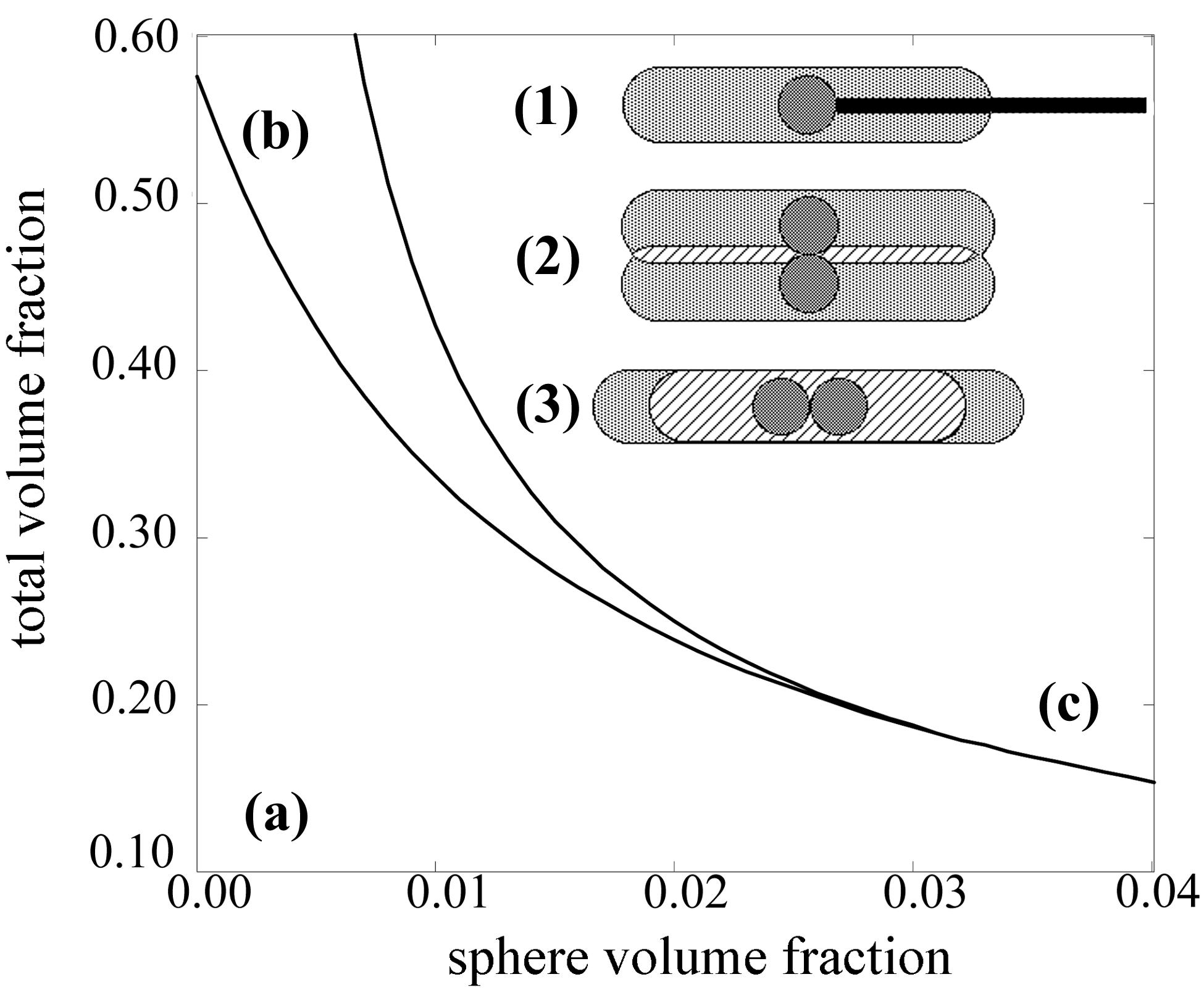
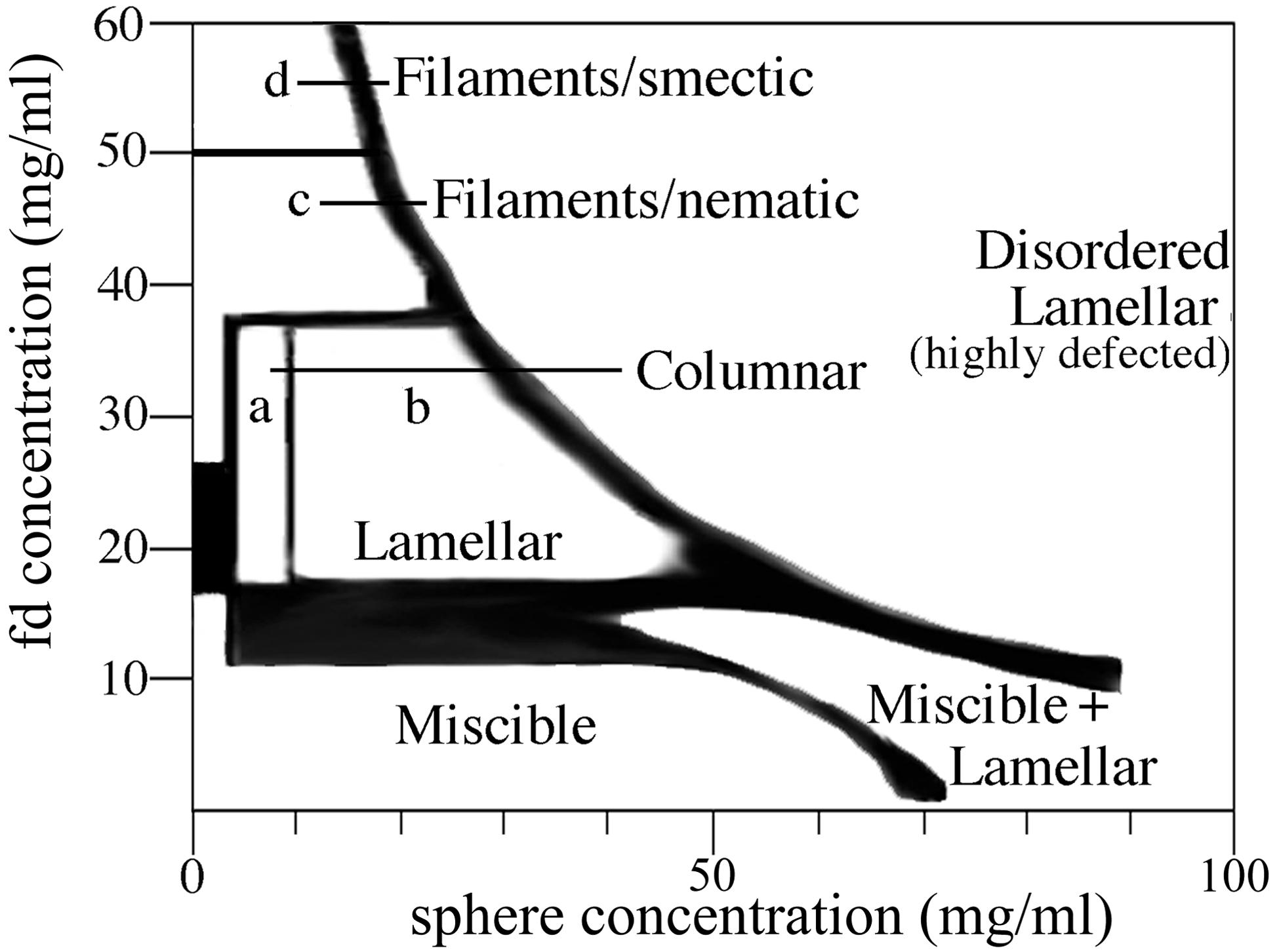
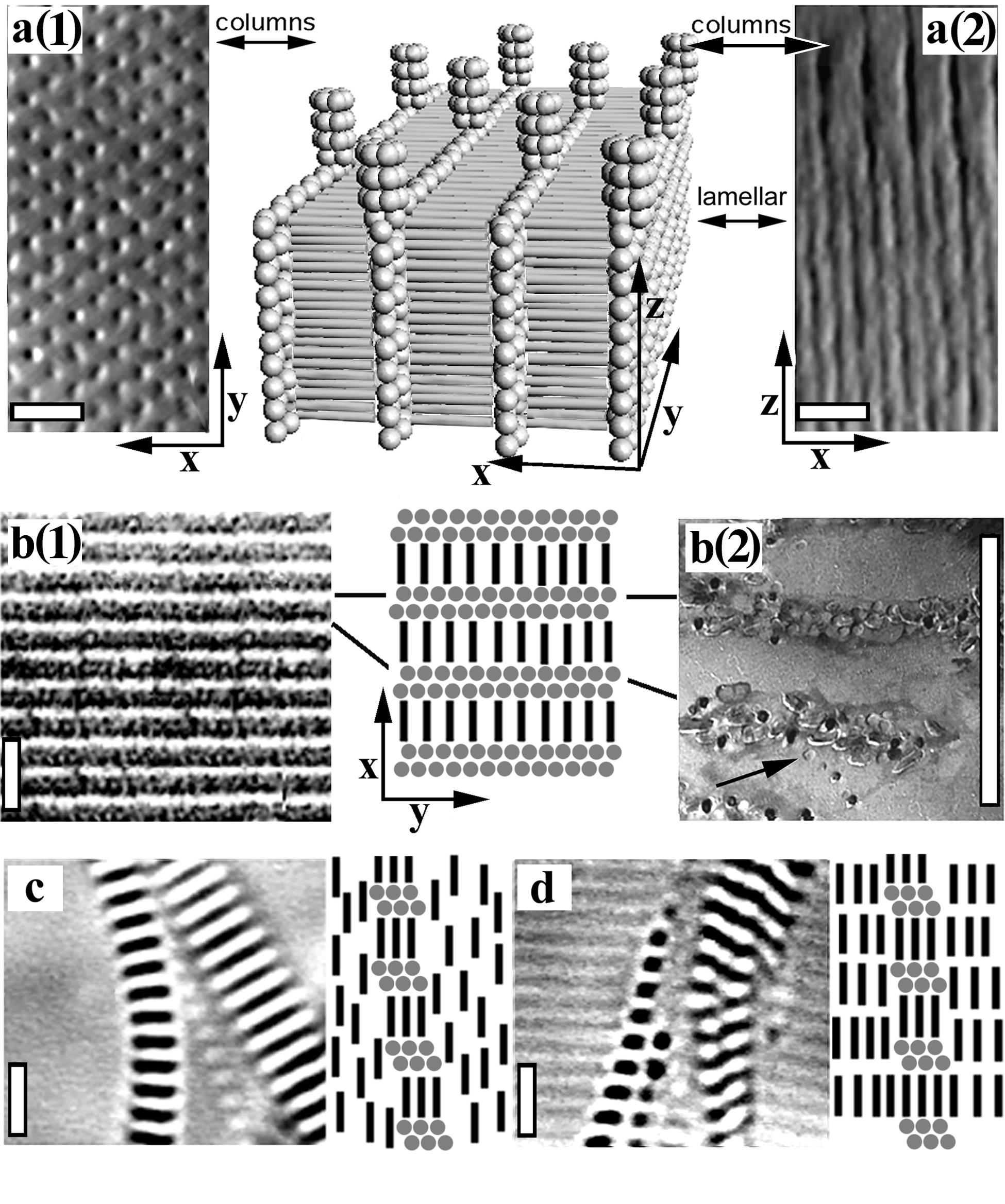
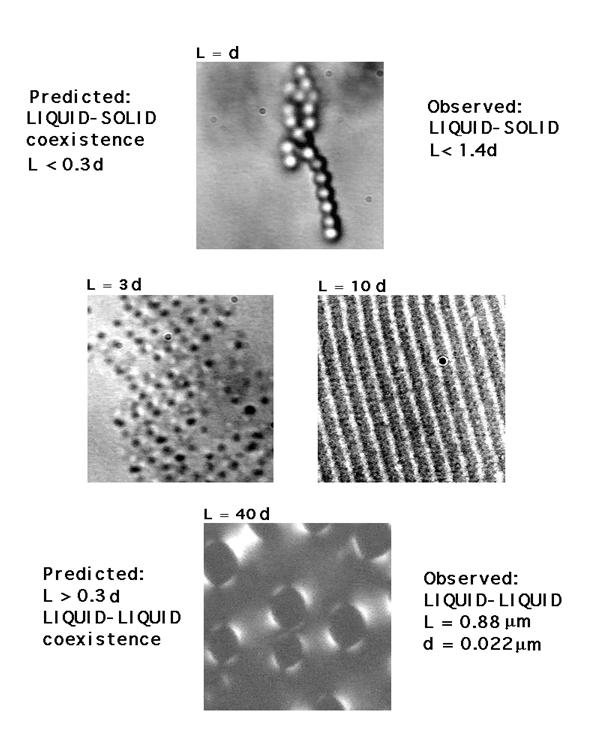
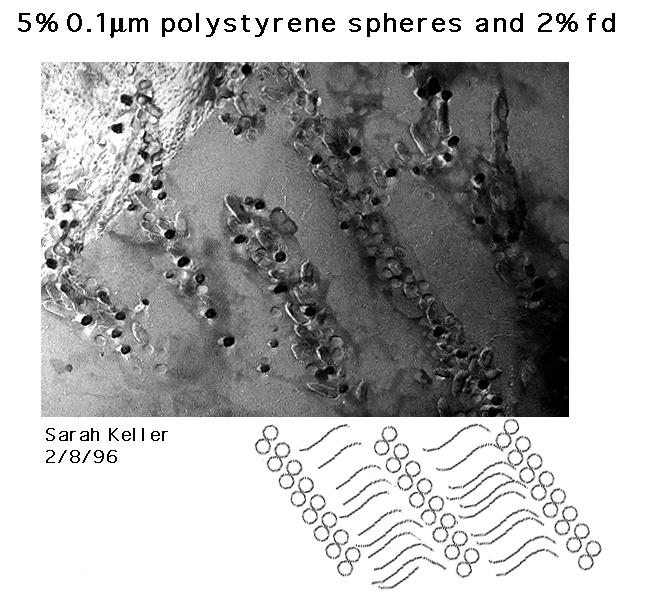
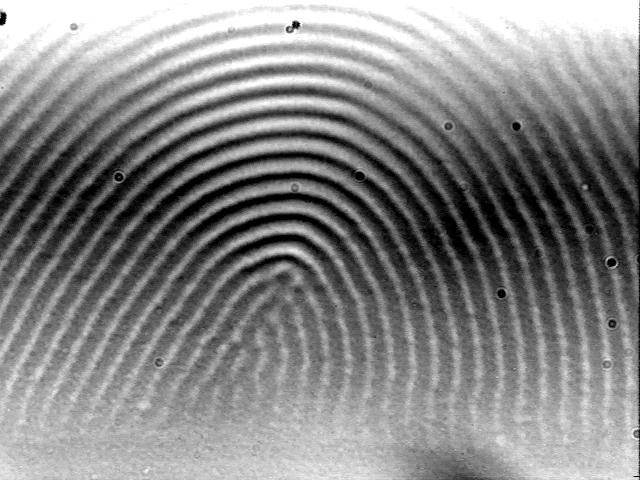
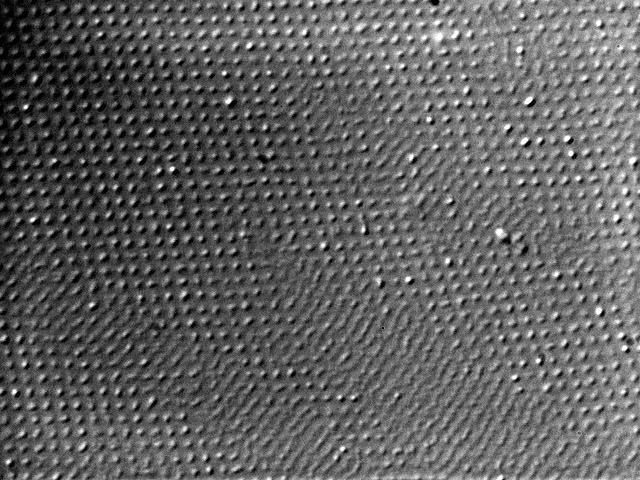

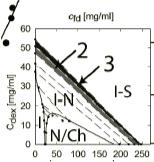 Phase diagram for Fd and Dextran mixtures.
Phase diagram for Fd and Dextran mixtures.